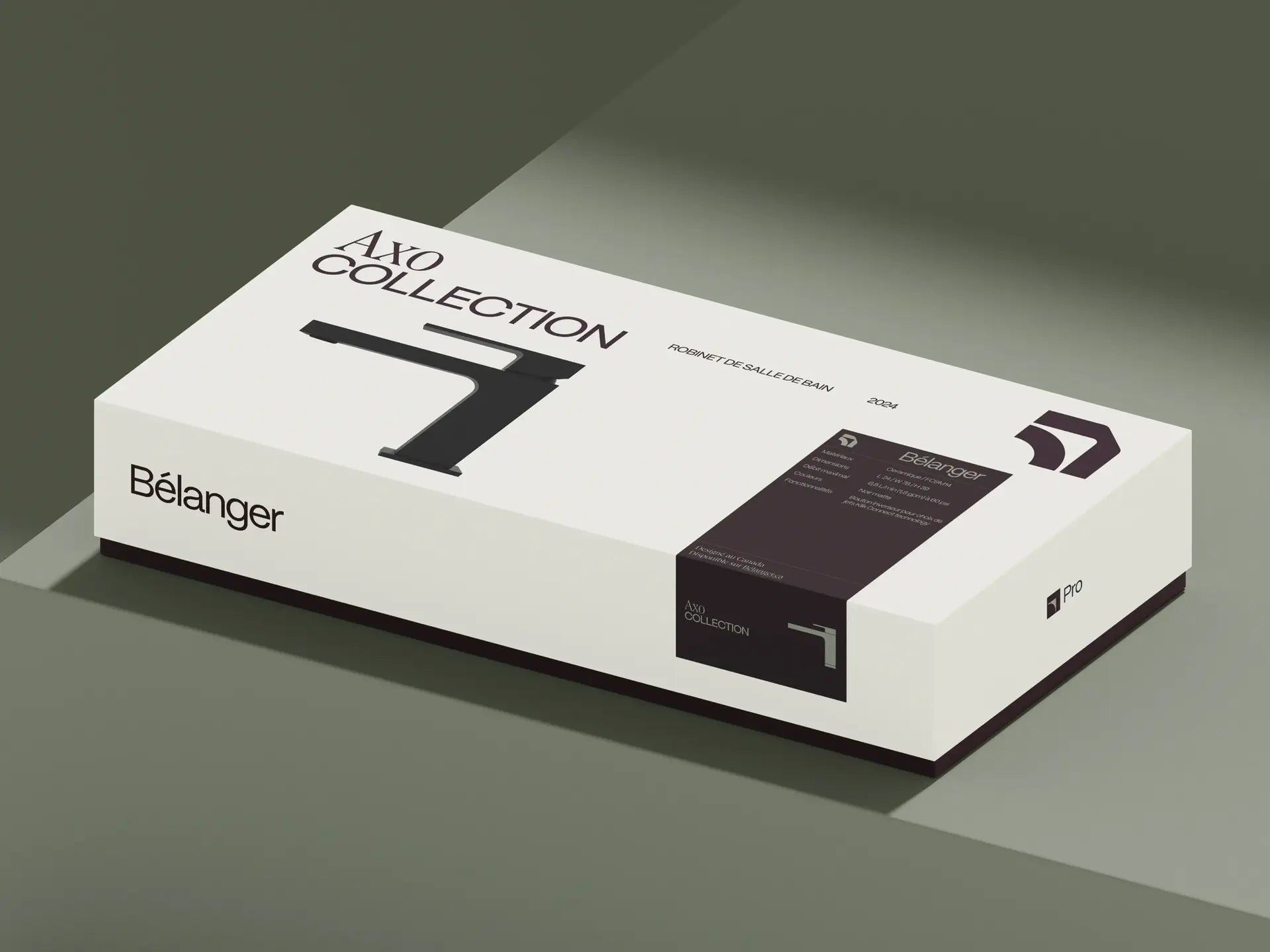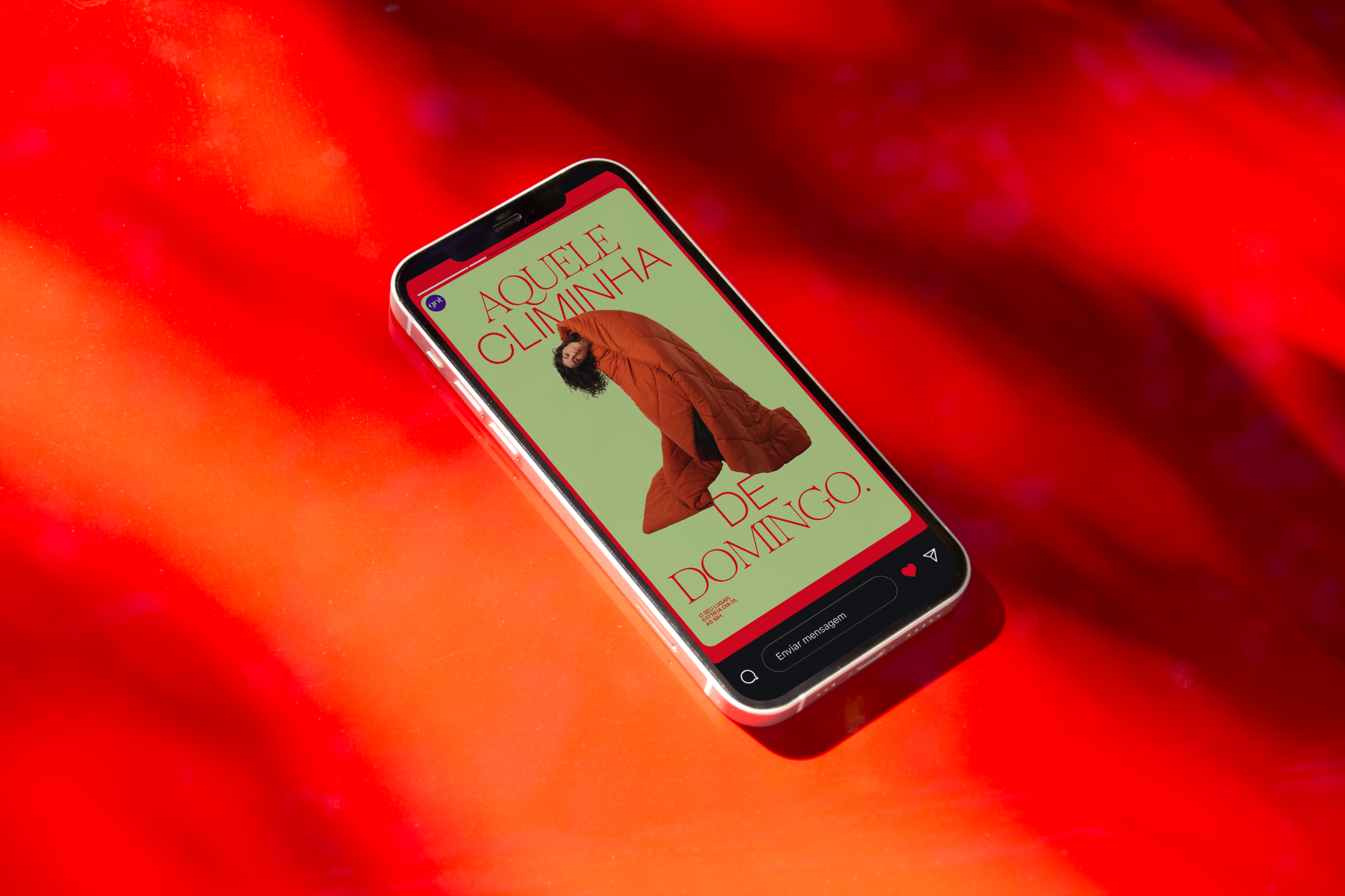Mori
A gothic sans serif inspired by contemporary Japanese design, made for the designers who like their typefaces clean, crisp, and just a little unexpected.
Free to try
Licenses start at $40
Mori style list
22 Styles
01234567
{(!@#$?&)}
01234567
{(!@#$?&)}
- Thin 100
- Extralight 200
- Light 300
- Book 400
- Regular 500
- Medium 550
- Semibold 615
- Bold 680
- Extrabold 730
- Heavy 830
- Black 900
- Thin Italic 100
- Extralight Italic 200
- Light Italic 300
- Book Italic 400
- Regular Italic 500
- Medium Italic 550
- Semibold Italic 6015
- Bold Italic 680
- Extrabold Italic 730
- Heavy Italic 830
- Black Italic 900
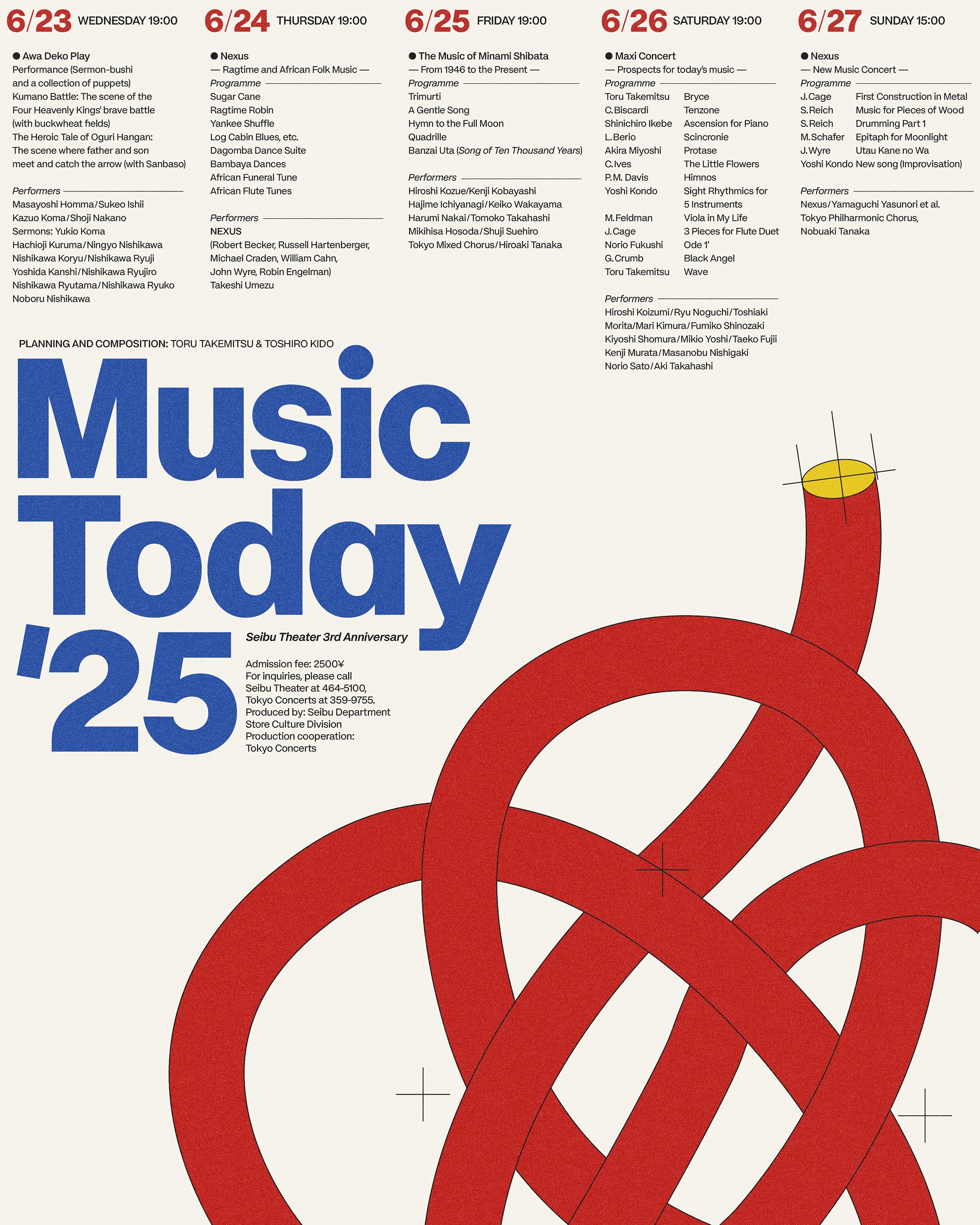

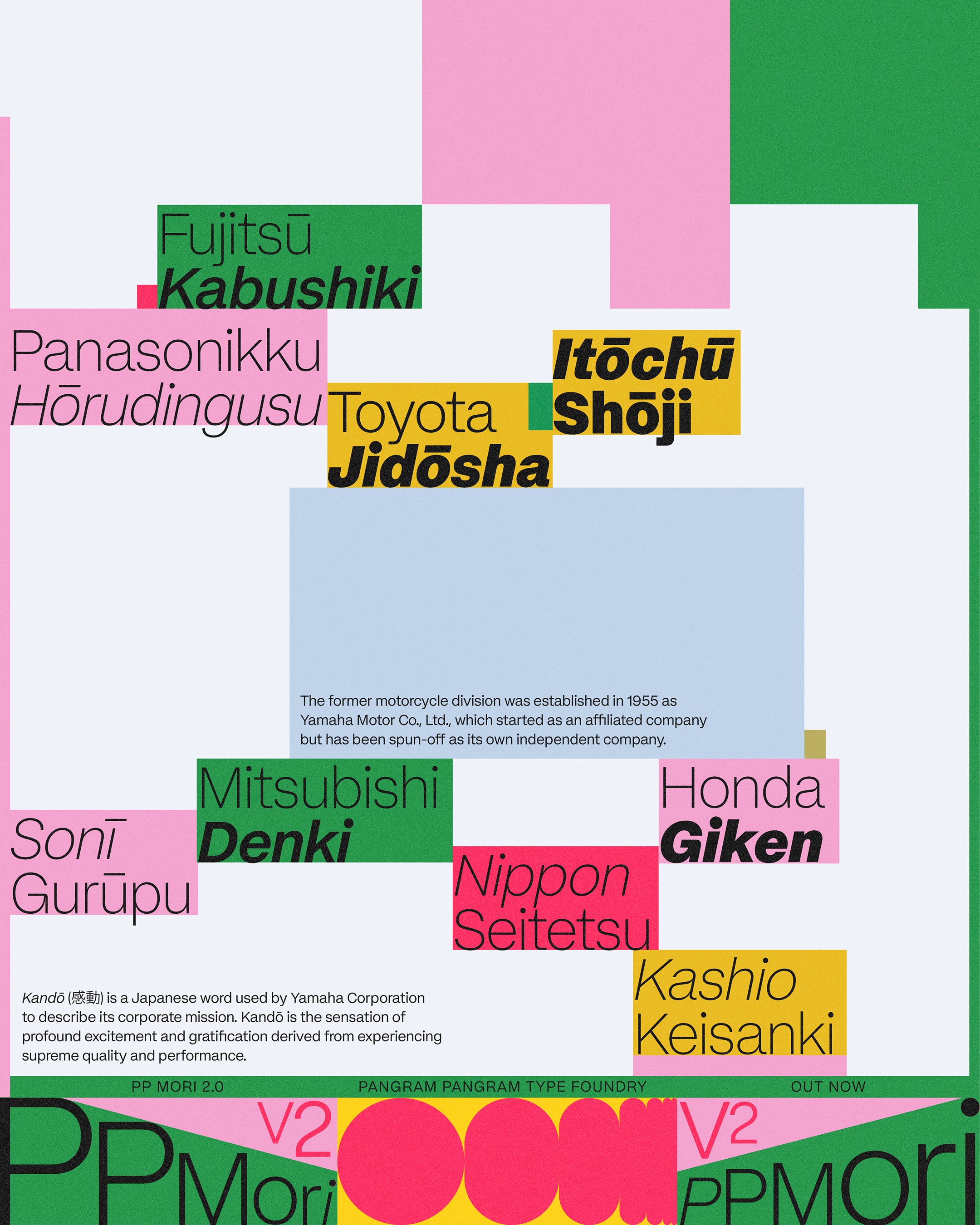

Mori
With Italics
Glyphs set overview
Glyphs set overview
Glyphs View

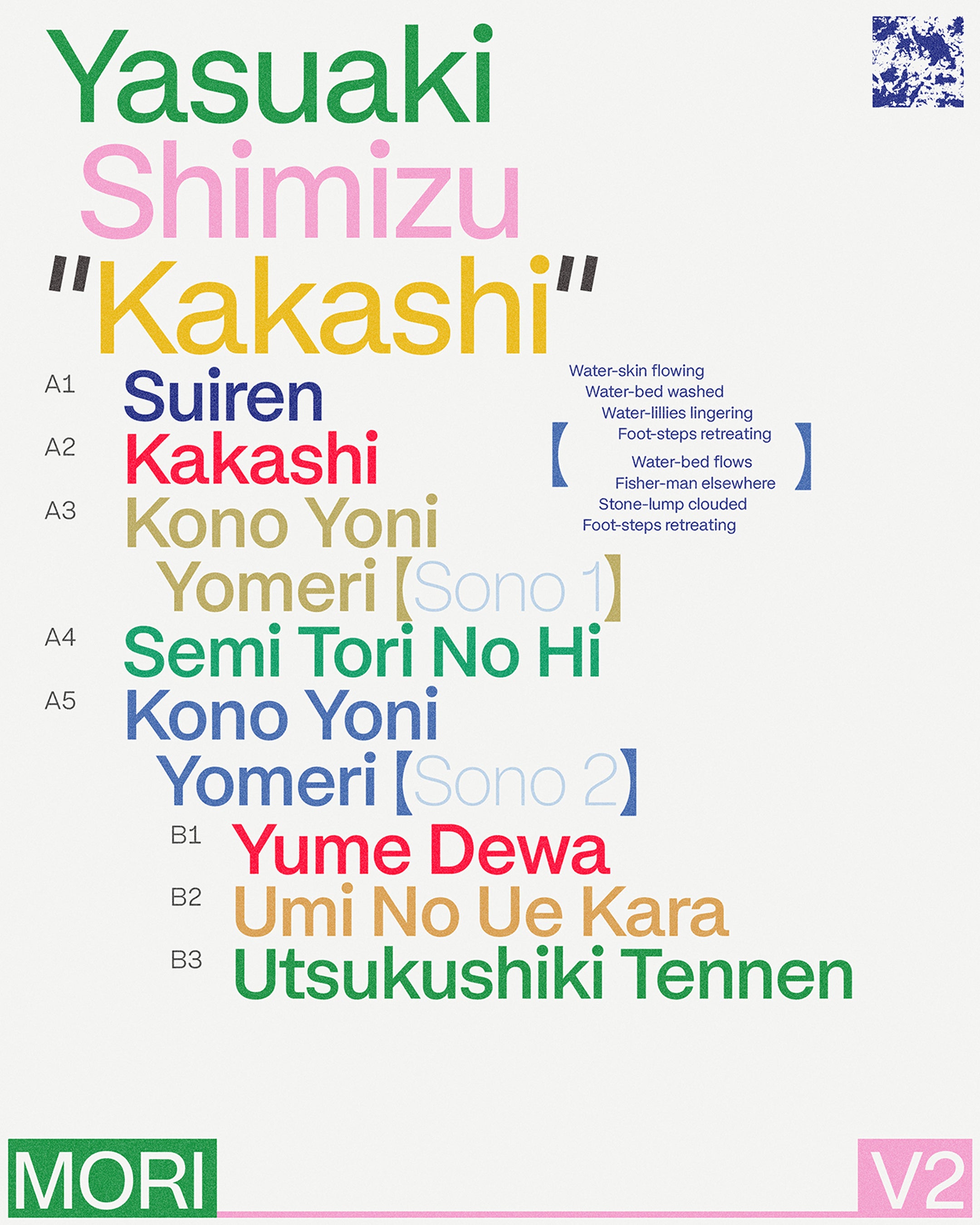
Mori's Features


Inspired by Japan. Built for anywhere.
Mori is a versatile and sophisticated gothic sans serif inspired by contemporary Japanese design, best suited for editorial, graphic design and branding.
From Thin to Black, it has 22 styles, each one includes 804 glyphs with plenty of open type features, including sets with circled and squared numbers, subscript and superscript numbers, symbols and punctuations (some of them Japanese), graphic and mathematical symbols and many alternates. Make sure to check out that geometric 'r' and double-story 'g' !!
While keeping all the functionality of a workhorse Grotesk, Mori is far from being boring. You can find some unique and subtle shapes and curves that makes it stand out from the crowd. Notably it's G, number 6 and number 9 just to name a few.
Designer
Collaborators
Categories
- Gothic
- Grotesk
- Italics
- Sans Serif
- Variable
Styles
- 22 Styles
22 Styles with 804 Glyphs each
Version
2.3
Latest update: September 2025
Available formats
OTF, TTF, WOFF, WOFF2
Language Support
Afrikaans, Basque, Breton, Catalan, Croatian, Czech, Danish, Dutch, English, Estonian, Finnish, French, Gaelic, German, Hungarian, Icelandic, Indonesian, Irish, Italian, Latvian, Lituanian, Norwegian, Polish, Portuguese, Romanian, Saami, Serbian, Slovak, Slovenian, Spanish, Swahili, Swedish, Turkish, (and more)
Commercial Licenses
Not sure what to get? Or can’t find the right coverage?
Please contact us for our tailored corporate licenses!
Need more information about our licenses?
Our FAQ usually contains most of the answers.
